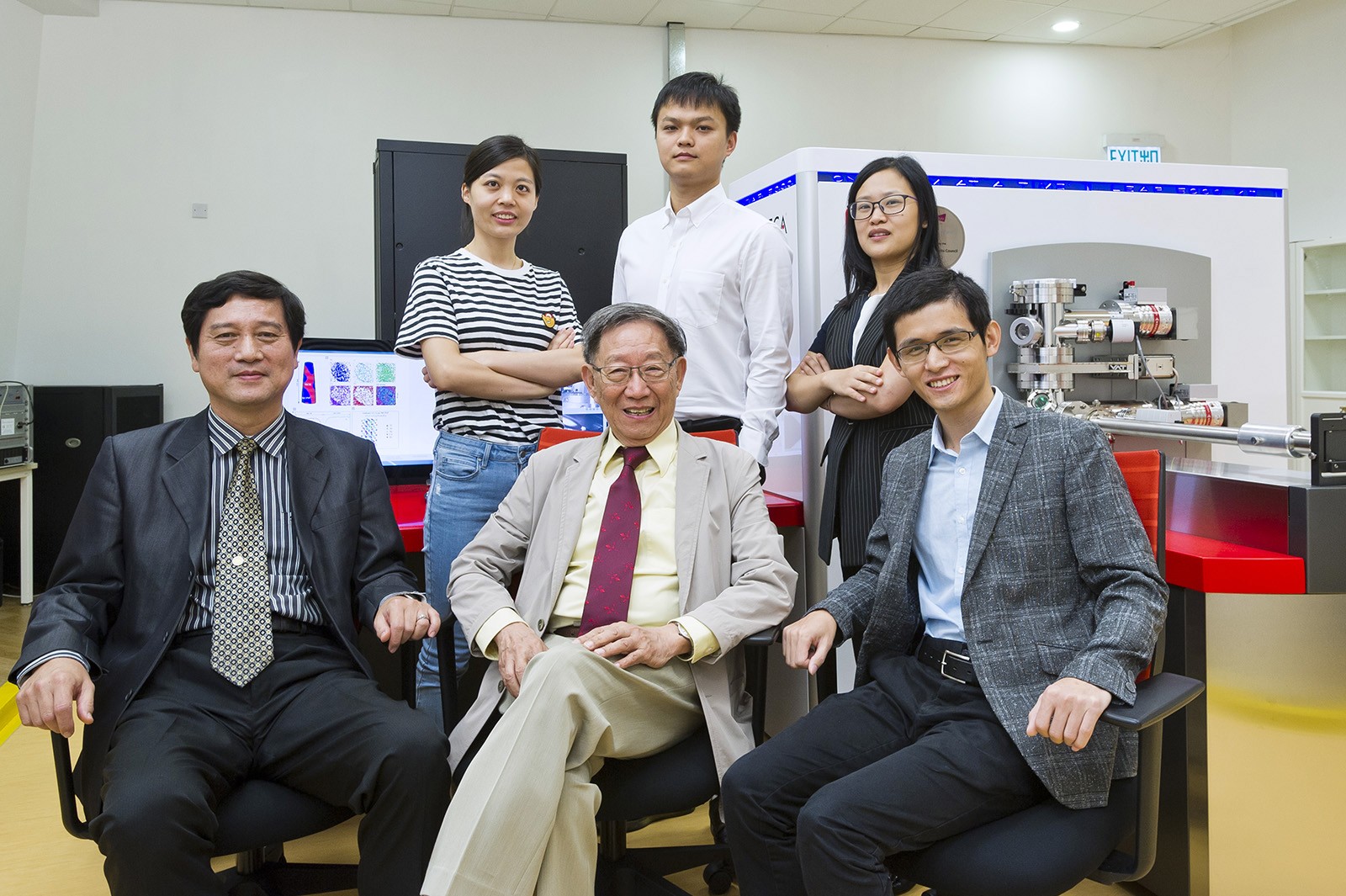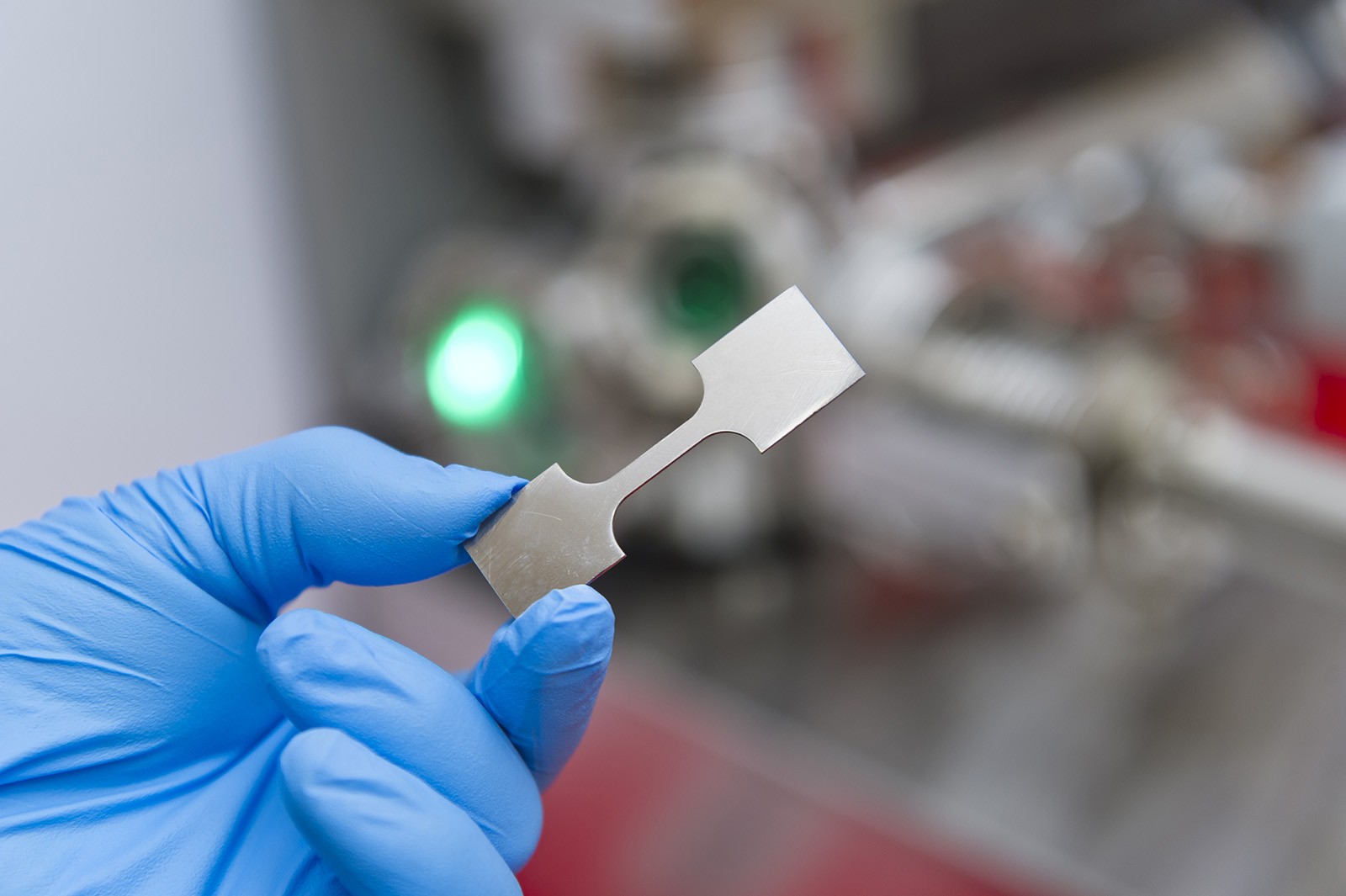CityU achieves major breakthrough in developing new super alloys
A research team led by City University of Hong Kong (CityU) has worked out a novel strategy for developing new super alloys that are extremely strong, yet ductile and flexible. The breakthrough solution addresses a daunting, decades-long dilemma in materials science.
These new alloys are expected to perform well in extremely high and low temperatures, paving the way for developing equipment that can operate at extremely low temperatures and in aerospace systems that operate at extremely high temperatures.
The new alloys were developed based on multiple-principal-element alloys, which are generally referred to as high-entropy alloys (HEAs). These are new materials constructed with equi-atomic or nearly equi-atomic percentages of five or more elements. They are currently a focus of attention in materials science and engineering because of their desirable properties for structural applications.
Previously, the stronger an alloy was, the less ductile and tough it was, meaning stronger alloys tended to fracture when deformed or stretched.
“Most conventional alloys are made of one or two major elements, such as nickel and iron,” said Professor Liu Chain-tsuan, University Distinguished Professor in the Department of Materials Science and Engineering at CityU, who led the research. “We found that adding aluminium and titanium to form massive complex nanoparticles resulted in a significant increase in both the strength and ductility of the alloys. This new alloy is five times stronger than iron–cobalt–nickel based alloys, and is 1.5 times more ductile.”
The cutting-edge research was published in the latest issue of the prestigious journal Science, in an article titled “Multicomponent intermetallic nanoparticles and superb mechanical behaviours of complex alloys”.
The deformation of high-strength alloys can easily cause necking fracture (localised deformation), but the CityU-led team found that adding complex nanoparticles consisting of nickel, cobalt, iron, titanium and aluminium atoms enables extended uniform deformation. An ideal formula of complex nanoparticles has been identified.
Professor Liu said that replacing some of the nickel components with iron and cobalt atoms helped to improve the ductility of the new alloy, and that replacing some of the aluminium with titanium helped to reduce the embrittlement effect caused by ambient moisture in the air.
He believed the new alloy developed with this novel strategy would perform well in temperatures ranging from -200°C to 1000°C, thus providing a good base for developing new cryogenic devices, as well as aircraft and high temperature systems, such as aeronautical engineering applications.
Other researchers on the project are Dr Yang Tao, PhD student and Senior Research Associate at CityU’s Department of Materials Science and Engineering; and from the Department of Mechanical Engineering, Chair Professor Kai Jijung; Dr Alice Hu, Assistant Professor, Dr Zhao Yilu, Dr Tong Yang and Dr Wei Jie, postdoctoral fellows, and Mr Chen Da, PhD student. The research team also comprises Dr Jiao Zengbao, Assistant Professor in the Department of Mechanical Engineering at The Hong Kong Polytechnic University; Professor Han Xiaodong and Dr Cai Jixiang from the Institute of Microstructure and Property of Advanced Materials of Beijing University of Technology; Professor Lu Ke, Director of Shenyang National Laboratory for Materials Science, Institute of Metal Research, Chinese Academy of Sciences; and Professor Liu Yong, from the State Key Laboratory of Powder Metallurgy, who is also the Director of the Powder Metallurgy Research Institute at Central South University.

